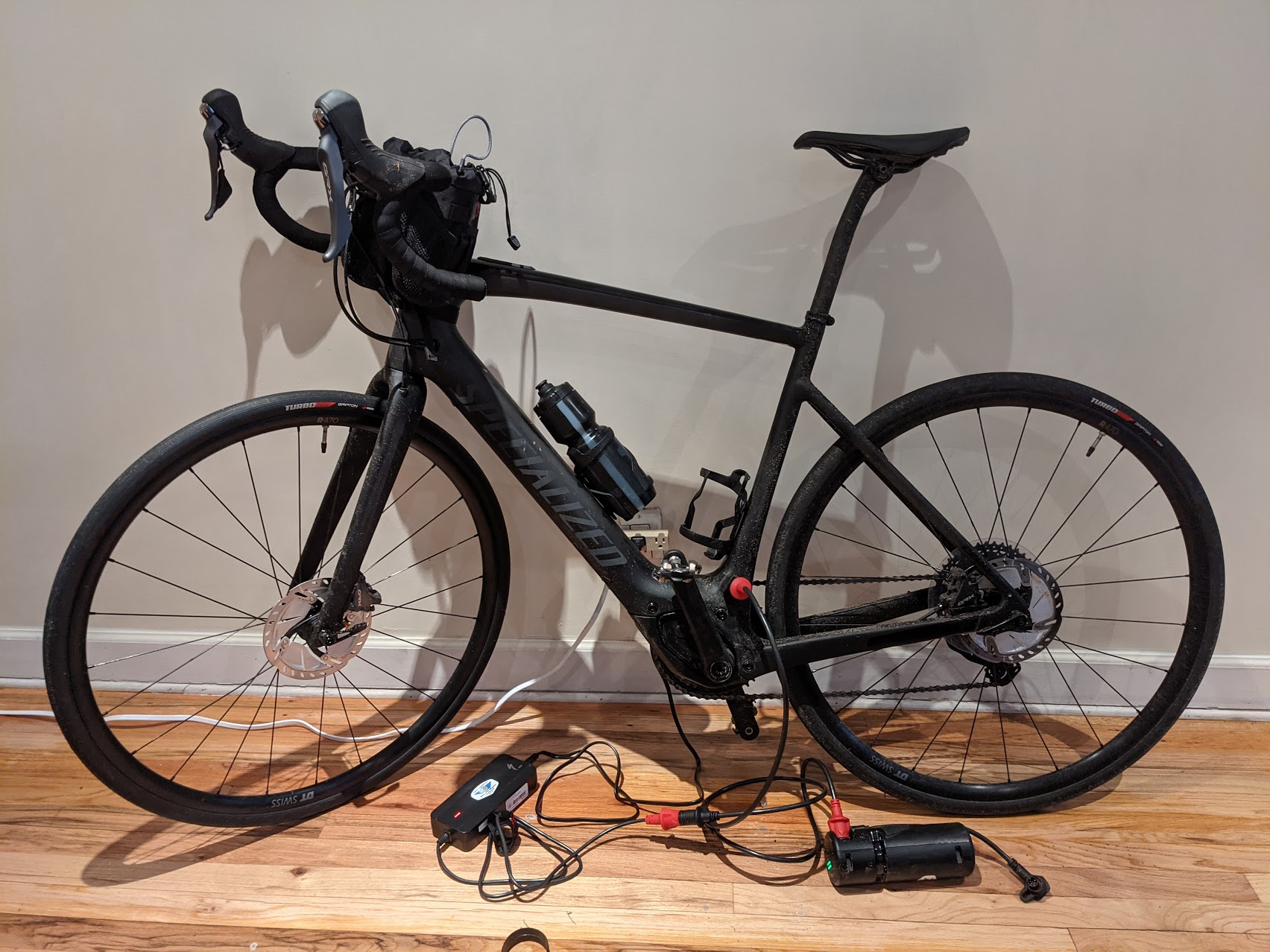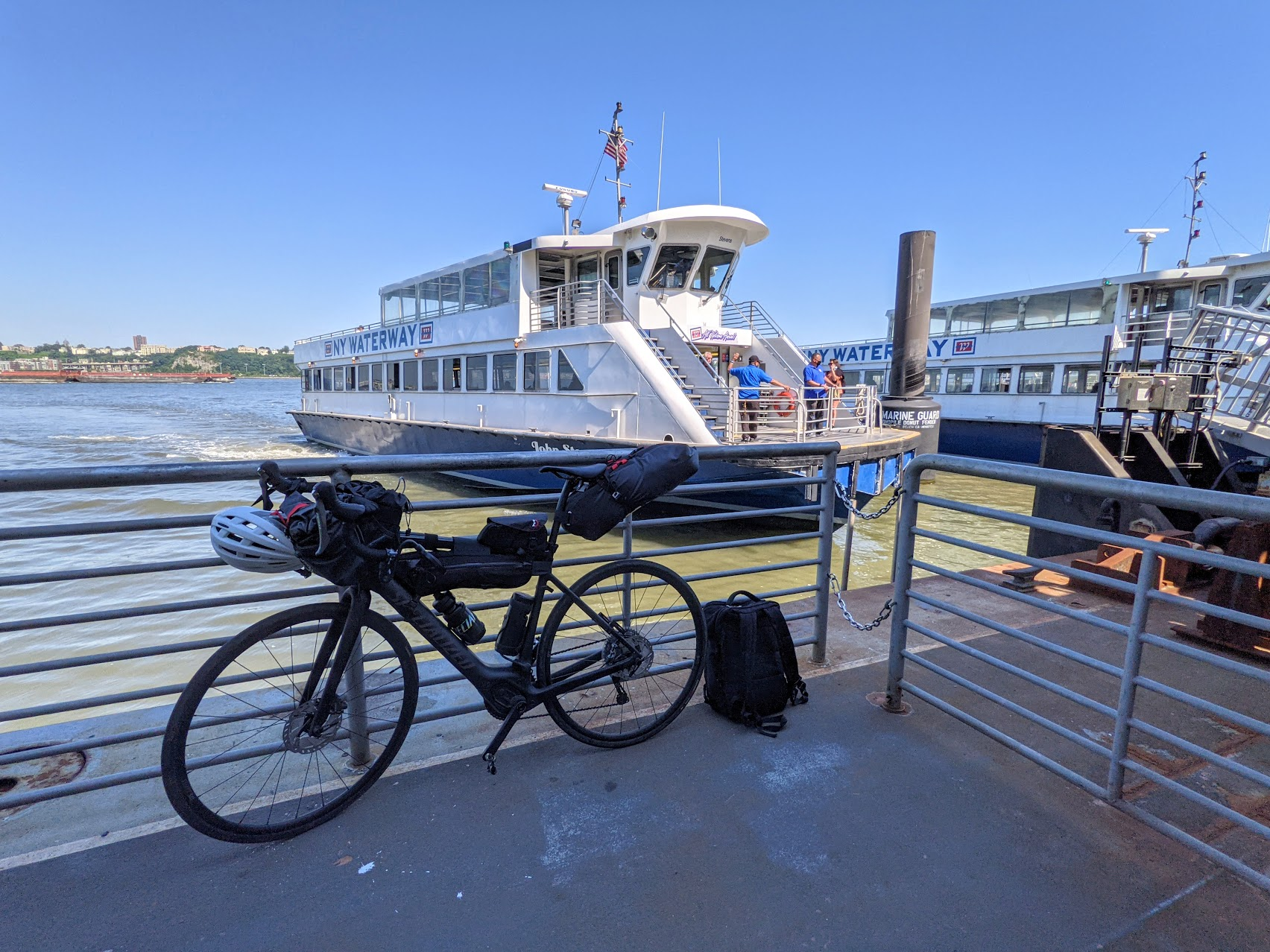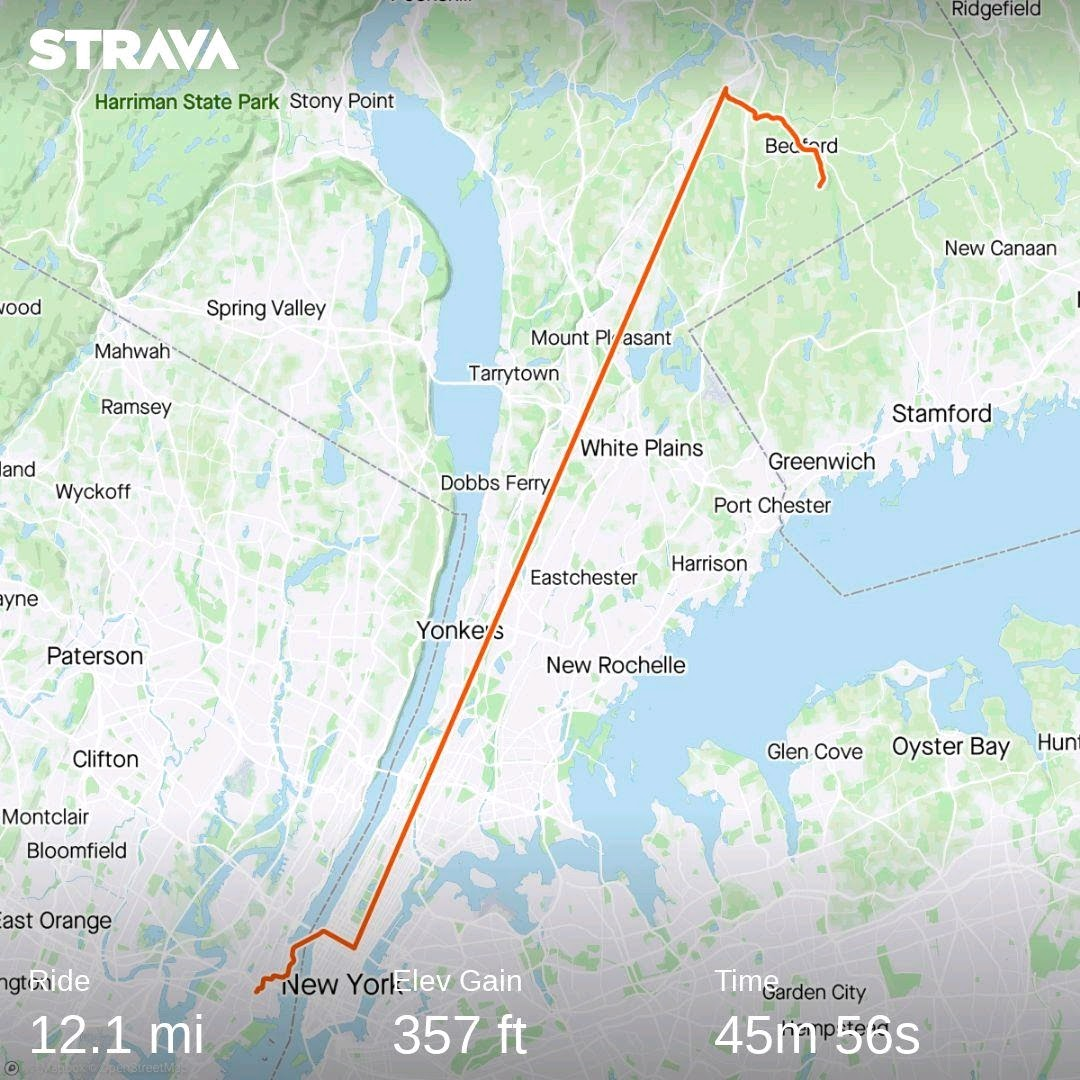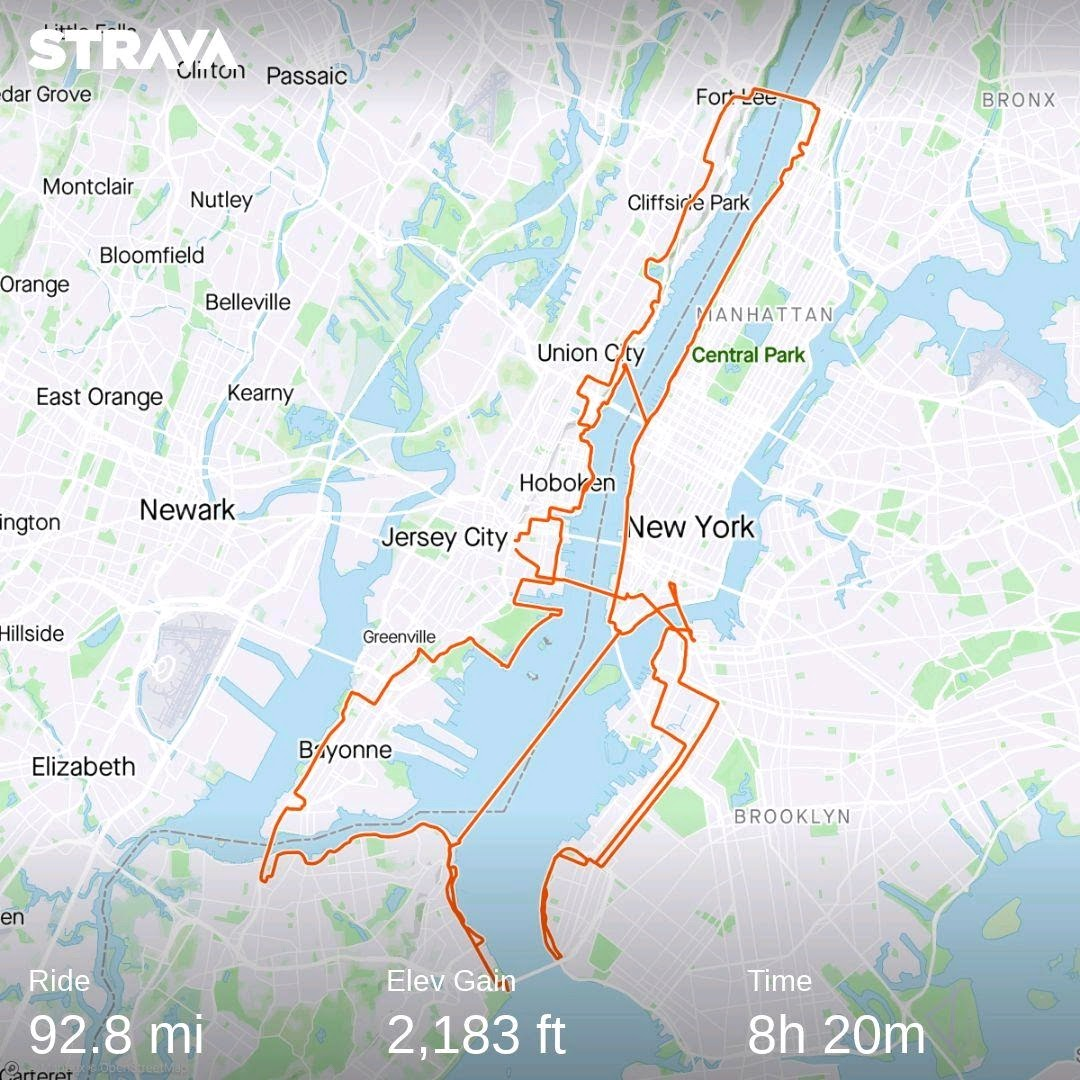Specialized Turbo Creo SL Comp Carbon ("Creo")
The Creo is a high-end, carbon-frame road-bike with a slick integrated motor+battery. Specialized seems to be one of the first brands to have executed on this really well, and the result is a transportation machine the likes of which has never existed before. It's really incredible: light, fast, fun to ride, smooth pedal assist, very efficient / long range.

The "never existed before" claim can be applied to many ebikes, since there are many companies exploring a huge design space, and leveraging cutting-edge battery and bike material technologies, but the Creo is remarkable for having many of the best attributes of ebikes as well as of performance road-bikes. It starts at 28lbs (including battery+motor), has the most range (40-130mi, depending on boost level and extra battery use), and provides a mobility superpower that very few people have experienced.
Specialzed "Turbo" E-Bikes
Specialized is one of the most famous bike brands, and "Turbo" is their ebike line. Their branding and marketing pages confused me at first, but I eventually decoded the marketing-speak:
There are 4 types of Specialized "Turbo" ebikes:
- Creo: road bike
- Levo: mountain bike
- Vado: hybrid (b/t road and mountain) bike
- Como: city bike / cruiser
Within each line, a few variants may appear:
- SL ("Super-Light"): lighter weight version (including a less powerful motor and smaller battery), cf. Creo SL, Levo SL, Vado SL, Como SL.
- EQ ("EQuipped"): comes with fenders and a rack
- Carbon: most Creo and Levo models have carbon frames, but their entry levels are a slightly heavier aluminum alloy
- Expert: slightly nicer and lighter than the entry-level carbon frames (e.g. carbon wheels, better shifter)
- EVO: something about the geometry being a little more off-road friendly
- S-Works: this is Specialized most prestigious brand (ebike or otherwise); generally 2x the price for benefits that seem marginal to me (but I've never ridden one, and I'm a casual enough cyclist that I'd rather have 2 Creos so a friend could ride one with me than one S-Works 😄)
Finally, the links above go to marketing sites for each ebike line, but from there you can click through to the actual shop pages, and some decent model-comparison pages.
Motor / Battery / Range
tl;dr:
- 40mi (60mi w/ extra battery that fits in water bottle holder, plugs into bike during ride) on boost 2 (of 3)
- 90mi (135mi w/ extra battery) on boost 1 of 3
- smaller battery and less powerful motor are nontheless very efficient
- road-bike setup means it's easy and efficient to provide power yourself; bike just gives you a nice boost
At first blush some Specialized ebike specs seemed underwhelming. For example, the Creo has a 320Wh battery and 240W motor (the lowest of all my ebikes).
However, some combination of factors results in my Creo getting by far the most range of all my ebikes:
- lower power levels generally seem to correspond to more total range; a twice-as-high boost level will exhaust a battery more than twice as quickly
- lower power output from the bike means it is effectively tricking you into supplying more power, over a given distance
- building on the above, the road-bike posture means it is easy and comfortable to actually work on the Creo; my other ebikes are more upright, and it's hard to help the bike much even if you want to (or get a real workout)
- the carbon frame (and smaller battery+motor) make the Creo 10-25lbs lighter than my other ebikes, so a given Wh battery goes further
I usually ride on boost level 2 (of 3), and get 40mi (or 60 with the range extender, which is the slickest extra-battery story on any of my ebikes). The motor is super smooth, it feels like you are riding a really nice roadbike but with an incredible tailwind giving you an extra 3-5mph. It also provides assist up to 28mph (whereas my other bikes top out at 20mph).
For longer rides, or rides with leg-bikers, I can drop to boost level 1, where it's effectively just compensating for the extra weight of the motor+battery (maybe a bit more), and I get 90mi (or 135 with the range extender, presumably; I haven't tested that yet!).
Pros
- It's a dream to ride: fast, fun, efficient, long range, and feels like a really nice road-bike.
- You can work as much as you want on it; there are even professional cyclists starting to use it for training.
- Lightweight for an ebike (28lbs):
- More like 35lbs with the baggage I always keep on it (tubes/pump in handlebar roll bag, misc junk in handlebar "snack bags").
- Not exactly "throw over your shoulder" light, but a big difference from other ebikes that are 2x that weight or more (electric citibikes are 75lbs!).
- Smaller frame battery combined with "range extender" extra battery means it's easy to shed a few lbs of battery weight if you know you won't need it (as opposed to other ebikes that have a large/heavier battery as the default option)
Cons
- Cost ($7k): obviously this is way out of bounds for most people. I was one of those people, but once I found myself a couple ebikes in, having done a lot of research + demos, gotten very excited about the space (and exploring where the limits were and what was possible), and made peace with a significant ebike budget (embracing ebikes as a substitute for a car), I was drawn to it.
- No integrated lights, difficult to add bags / carrying capacity, difficult/uncommon to add fenders: it is meant to be an elite racing bike, and added accessories/weight is pooh-pooh'd by bike shops and experts. Nevertheless, I wanted a lightweight+fast ebike for transportation, so I have made some "bikepacking" configurations work.
Gallery
Loaded up for a bike-train-bike-boat-bike trip home from my in-laws' in Westchester:

Same trip, at the ferry at 39th St on the west side of Manhattan:

≈2.5hrs door-to-door (similar to taking a car to Metro North then subway from Grand Central, and comparable to a 90-120mins drive), with less than an hour biking:

My longest ride to date was a 93mi day on the "Harbor Ring" ride (around New York harbor, except for the 2mi Verrazzano bridge between Brooklyn and Staten Island, which has 13 lanes for cars and biking/walking is prohibited):

I was leading a group of leg-bikes, and alternated between boost levels 1, 2, and 0 (just riding it as a regular road-bike with some extra weight, which was also totally fine; I was generally still slowing down to wait for folks).